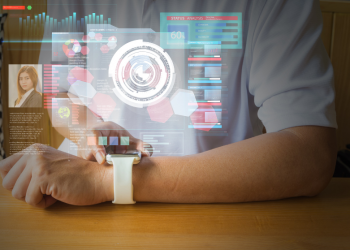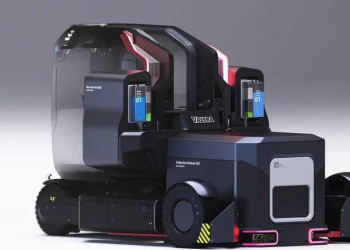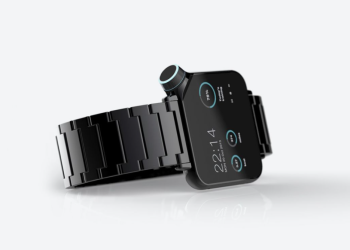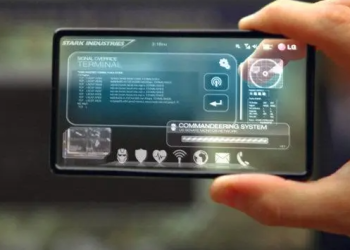Gaming consoles have become a cornerstone of entertainment for millions of people worldwide, providing immersive gaming experiences and access to a vast library of titles. However, like any electronic device, gaming consoles are prone to malfunctions and technical issues that can disrupt gameplay and lead to frustration. In this article, we will explore DIY fixes for common gaming console problems, empowering gamers to save money on repairs and keep their gaming consoles running smoothly.
Identifying Common Gaming Console Problems
Before diving into DIY fixes, it’s essential to identify the most common gaming console problems that gamers may encounter. These issues include overheating, disk read errors, controller malfunctions, and software glitches. Accurately diagnosing the problem is crucial for implementing effective solutions.
Tools and Resources for DIY Fixes
To perform DIY fixes on gaming consoles, gamers will need access to the right tools and resources. This includes basic tools such as screwdrivers and compressed air cans for cleaning, as well as online resources and tutorials that provide step-by-step guidance on troubleshooting and repair techniques.
Overheating Issues and Solutions
One of the most common problems faced by gamers is overheating in gaming consoles. Overheating can lead to system crashes and performance issues. To address this issue, gamers can clean the console’s internal components, ensure proper ventilation, and avoid placing the console in enclosed spaces.
Disk Read Errors: Causes and Solutions
Disk read errors are another prevalent issue that gamers may encounter, especially with physical game discs. These errors can occur due to dirt or scratches on the disc, as well as issues with the console’s optical drive. DIY solutions include cleaning the disc surface, adjusting the console’s settings, and replacing the optical drive if necessary.
Controller Malfunctions: Troubleshooting Tips
Controller malfunctions, such as sticky buttons or unresponsive joysticks, can hinder gameplay and diminish the gaming experience. To troubleshoot controller issues, gamers can clean the controller’s exterior, recalibrate buttons and joysticks, and update firmware to ensure compatibility with the console’s software.
Software and Firmware Updates
Keeping gaming console software and firmware up to date is essential for maintaining optimal performance and compatibility with the latest games and features. Gamers should regularly check for updates and follow step-by-step guides provided by console manufacturers to install updates safely.
Backing Up Data and Save Files
Backing up game data and save files is crucial for protecting valuable progress and achievements. Gamers can use cloud storage services or external storage devices to back up data regularly, ensuring that they can recover their game data in the event of a console malfunction or hardware failure.
Preventative Maintenance Tips
In addition to addressing specific issues, gamers should also practice preventative maintenance to prolong the lifespan of their gaming consoles. This includes regular cleaning of the console’s exterior and interior components, as well as avoiding exposure to dust and debris.
When to Seek Professional Help
While DIY fixes can resolve many gaming console problems, there may be instances where professional assistance is necessary. Signs that DIY fixes may not be sufficient include persistent hardware failures, system crashes, and software glitches that cannot be resolved through troubleshooting.
Cost Comparison: DIY vs. Professional Repairs
Before deciding whether to attempt DIY fixes or seek professional repairs, gamers should consider the cost-effectiveness of each option. DIY fixes are often more affordable but may require time and effort, while professional repairs offer convenience but may be more expensive.
Case Studies and Success Stories
To illustrate the effectiveness of DIY console repairs, gamers can share their success stories and experiences with troubleshooting and fixing gaming console problems. Real-life examples can provide valuable insights and inspiration for other gamers facing similar issues.
Conclusion
In conclusion, DIY fixes for gaming console problems offer gamers a cost-effective and empowering alternative to professional repairs. By identifying common issues, utilizing the right tools and resources, and implementing effective troubleshooting techniques, gamers can save money on repairs and keep their gaming consoles running smoothly for years to come.

FAQs After The Conclusion
1. Can I fix my gaming console myself?
Yes, many common gaming console problems can be fixed through DIY repairs. However, it’s essential to have the right tools, resources, and technical knowledge to perform these fixes safely and effectively.
2. How do I clean my gaming console?
To clean your gaming console, use compressed air to remove dust and debris from the vents and internal components. Wipe the exterior of the console with a soft, dry cloth to remove fingerprints and smudges.
3. Why is my gaming console overheating?
Gaming consoles can overheat due to dust accumulation, poor ventilation, or prolonged use in hot environments. Ensure that the console is placed in a well-ventilated area and regularly clean the vents to prevent overheating.
4. How do I fix a disk read error on my gaming console?
To fix a disk read error, try cleaning the surface of the game disc with a soft, lint-free cloth. If the problem persists, adjust the console’s settings to improve compatibility with the disc or consider replacing the optical drive.
5. Can I replace the battery in my gaming console controller?
Yes, many gaming console controllers have replaceable batteries that can be easily swapped out. Refer to the manufacturer’s instructions or consult online resources for guidance on replacing the battery in your specific controller model.
6. How often should I update my electronic devices?
Regular software updates are essential for maintaining the security and performance of electronic devices. Check for updates periodically and install them as soon as they become available to ensure that your devices are protected against security vulnerabilities and performance issues.
7. What should I do if my device is no longer supported by the manufacturer?
If your device is no longer supported by the manufacturer, consider upgrading to a newer model that receives regular software updates and support. Continuing to use an unsupported device can expose you to security risks and compatibility issues.
8. How can I prevent future breakdowns of my electronic devices?
To prevent future breakdowns of your electronic devices, practice regular maintenance, avoid exposing them to extreme conditions, install protective cases or screen protectors, and handle them with care. Additionally, consider purchasing extended warranty coverage for added protection.














